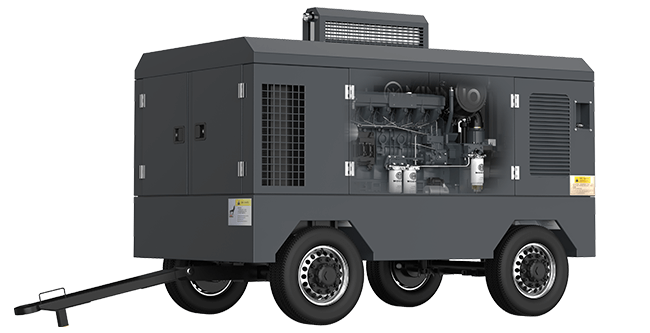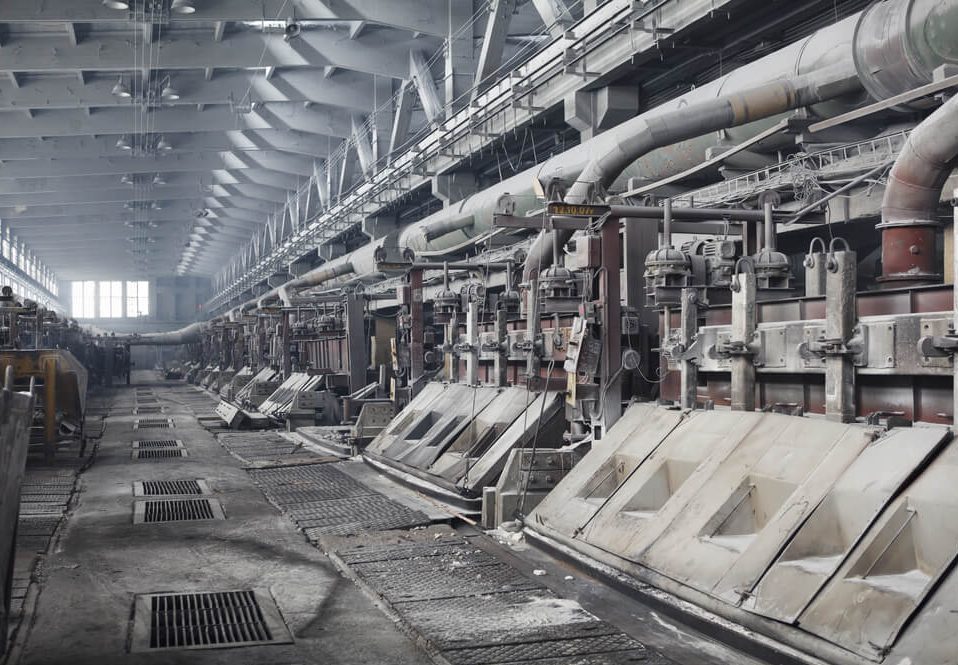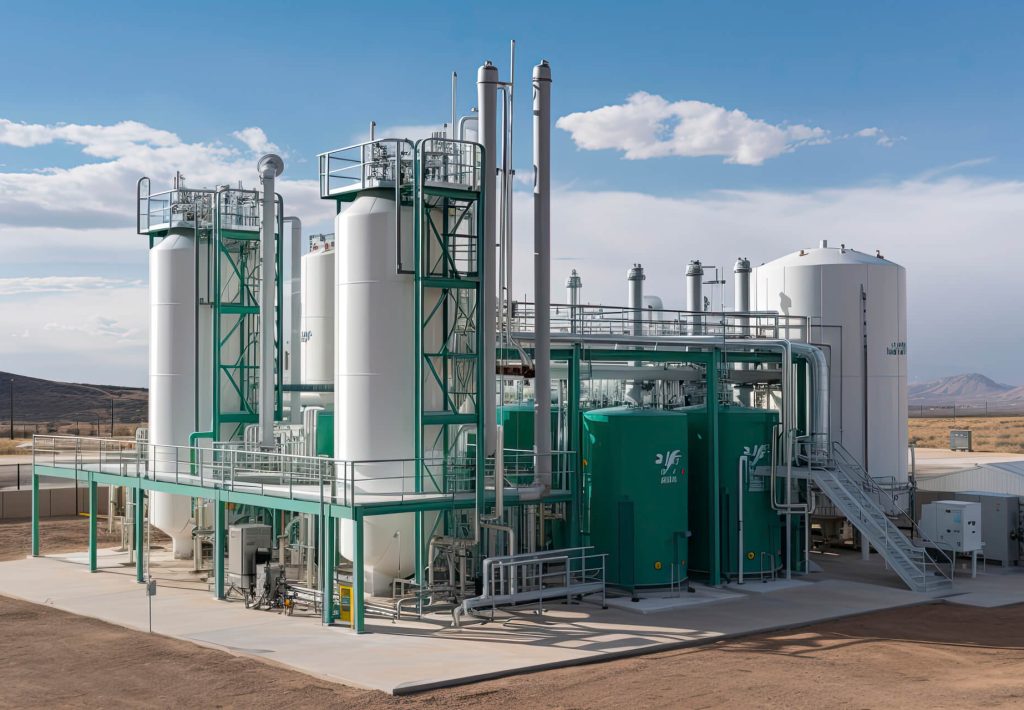In the context of growing pressures related to climate change and carbon neutrality, businesses are actively seeking ways to reduce emissions and achieve green production. In high-energy-consuming industries, especially construction, mining, and municipal sectors, mobile air compressors are critical operational equipment, and their efficiency and emission levels directly impact overall sustainability performance. This article outlines seven practical steps to optimize the use and technological configuration of mobile air compressors, helping businesses achieve sustainability goals and enhance their green competitiveness.
The seven steps to enhance the sustainability of mobile air compressors are: ensuring equipment complies with the latest emission regulations, improving equipment efficiency characteristics, selecting clean or alternative fuels (such as biodiesel and natural gas), prioritizing electric compressors, configuring variable frequency drives for energy savings, promoting battery-driven compressors, and introducing hybrid compressors to handle varying load demands.

1.Ensure Equipment Complies with the Latest Emission Regulations
Traditional diesel-powered air compressors, while playing a vital role, have caused significant emission issues. The nitrogen oxides (NOx), particulate matter (PM), and carbon dioxide (CO₂) released by their engines contribute substantially to air quality problems.
In response, regions such as Europe and the United States have introduced stringent emission standards. For instance:
- Europe’s Stage V requires all non-road mobile machinery (NRMM) to be equipped with diesel particulate filters (DPF) and high-efficiency after-treatment systems to minimize harmful emissions.
- EPA Tier 4 in the U.S. mandates “dual control” for particulate matter and nitrogen oxides for non-road equipment.
For businesses, using compressors that meet these standards is not only the baseline for legal compliance but also a key factor in gaining customer trust and market access. Choosing compliant equipment helps avoid legal risks associated with non-compliance, enhances the company’s social image, and boosts its environmental reputation.
2.Assess and Upgrade Equipment Efficiency Characteristics
When enhancing sustainability, energy efficiency is just as important as emissions. A highly efficient air compressor can achieve lower fuel consumption and higher output efficiency within the same operational time.
Many modern compressors come equipped with intelligent control systems, such as:
- Automatic Start/Stop Systems: When no compressed air demand is detected, the system can reduce speed or even shut down the engine, saving 10%-15% of fuel while ensuring uninterrupted work.
- Advanced Thermal Management: Intelligent heat dissipation and temperature control systems keep the engine at its optimal operating temperature, reducing the risk of overheating and downtime.
- Real-Time Data Monitoring: Some high-end models support remote monitoring of energy consumption data, helping operators dynamically optimize operating conditions to improve overall energy efficiency.
When selecting equipment, it’s recommended to check energy efficiency labels or request test data from manufacturers to make more environmentally responsible purchasing decisions.
3.Select Clean or Alternative Fuels
The type of fuel used directly impacts the overall carbon emissions of the air compressor. Many diesel engines that meet Stage V standards are now capable of using hydrogenated vegetable oils (HVO) and other biodiesels as alternatives to traditional diesel.
HVO is a renewable fuel made from recycled vegetable oils or animal fats and offers several benefits:
- CO₂ emissions can be reduced by up to 90%;
- Nitrogen oxides are reduced by about 10%-20%;
- Particulate emissions are cut by approximately 30%.
For businesses looking to quickly reduce their carbon footprint, simply switching fuel types can achieve “near-zero carbon operation” without the need to replace the entire machine.
Furthermore, natural gas-powered compressors are becoming increasingly popular in some city construction and municipal projects. They emit about 25% less CO₂ than diesel and offer more complete combustion, resulting in quieter operation.
Hydrogen-powered compressors, though not yet fully widespread in terms of infrastructure, represent the next generation of clean energy. Their zero-carbon emission characteristic makes them an important future direction. When purchasing new equipment, businesses can prioritize devices that are compatible with hydrogen fuel.
4.Prioritize Electric Compressors
When electrical power is available at the job site, electric air compressors are undoubtedly the most environmentally friendly choice:
- They have an energy efficiency of up to 90%, far surpassing the 30%-40% efficiency of diesel engines.
- They produce no exhaust emissions, making them ideal for low-carbon areas or indoor construction.
- They operate with low noise and minimal vibration, improving the working environment for employees.
- Maintenance costs are lower, with no need to change engine oil or filters.
- The lifespan of electric motors is longer, reducing the frequency of equipment replacements.
Moreover, as solar and wind energy are widely deployed at construction sites around the world, electric air compressors can achieve true zero-carbon operation if they are connected to renewable energy sources.
For instance, in urban high-rise building projects, contractors have used electric compressors combined with solar energy storage systems to not only reduce electricity costs but also meet stringent environmental requirements, becoming a key support for green buildings.
5.Configure Variable Frequency Drives (VSD)
In actual construction, compressed air demand is not constant. Traditional fixed-speed compressors run at full speed even during low-load periods, resulting in significant energy waste. In contrast, VSD compressors automatically adjust motor speed according to air demand, achieving a balance between energy savings and efficiency.
The benefits include:
- Energy savings of 20%-30%;
- Reduced operational noise and heat;
- Lower inrush current, protecting the equipment;
- Extended lifespan and reduced mechanical wear.
More importantly, many VSD compressors offer future upgrade possibilities and are compatible with lithium batteries, hydrogen fuel cells, and other new energy systems, helping businesses achieve long-term green strategic goals and avoid equipment obsolescence.

6.Promote Battery-Driven Compressors
In remote areas or temporary outdoor construction sites with no electrical access, battery-powered electric compressors provide a zero-emission, low-noise solution.
With the development of modern lithium battery technology, these devices can support full-day operations, with short charging times and long cycle lives. For example:
- A construction company used battery-powered compressors in a mountain tunnel project, effectively reducing diesel transportation costs and improving environmental evaluation scores.
- Some government projects require participating units to meet “low-emission certification,” and battery-powered compressors become a scoring advantage for bidding.
In the future, as battery costs decrease and energy density improves, battery-powered air compressors will gradually become one of the mainstream mobile compression devices.
7.Introduce Hybrid Power
When faced with operational environments that have both low and occasional peak demands, hybrid air compressors provide an intelligent solution. Typical configurations include:
- Daily operations powered by electric motors, saving fuel;
- Diesel engines or backup batteries intervene during sudden peak loads;
- Supplementing power with solar energy or mobile power stations to improve energy security.
This dual-mode configuration not only optimizes energy distribution but also extends the equipment’s service life. For example, in bridge construction projects, hybrid compressors can automatically adjust to site air demand and switch energy modes to achieve both stable operation and low-carbon emissions.
8.MINNUO’s Green Transformation Strategy
As a manufacturer with over 30 years of experience in the gas compression industry, MINNUO is actively moving toward carbon neutrality:
- Goal: Achieve carbon neutrality during the product operation phase by 2030.
- Products: Launching a green product line including electric air compressors, hybrid units, and biodiesel-compatible equipment.
- Services: Providing customized low-carbon retrofitting solutions to help global clients participate in green projects and government bids.
For example, MINNUO customized a VSD + electric hybrid compressor for a large-scale photovoltaic construction project in the Middle East, which not only passed the green building review but also helped the client stand out in the bidding process.
9.Conclusion
In the future, construction sites will feature more and more quiet, zero-emission electric equipment. These machines not only reduce environmental pollution but also make urban construction cleaner and more efficient. By introducing partners like MINNUO, who are committed to low-carbon innovation, businesses will gain a competitive edge in the global green market.
Now is the best time for transformation. Choosing MINNUO green compressors means choosing a sustainable tomorrow.






 Email
Email sales:+86 15366749631
sales:+86 15366749631

